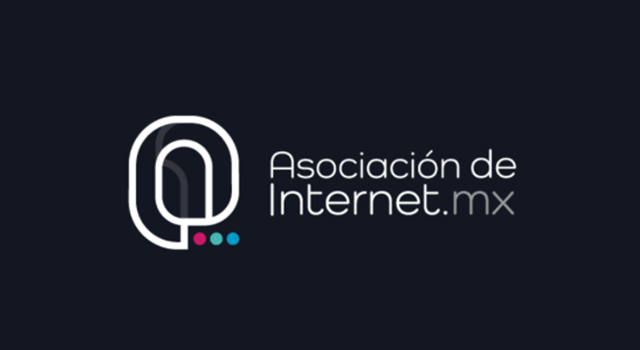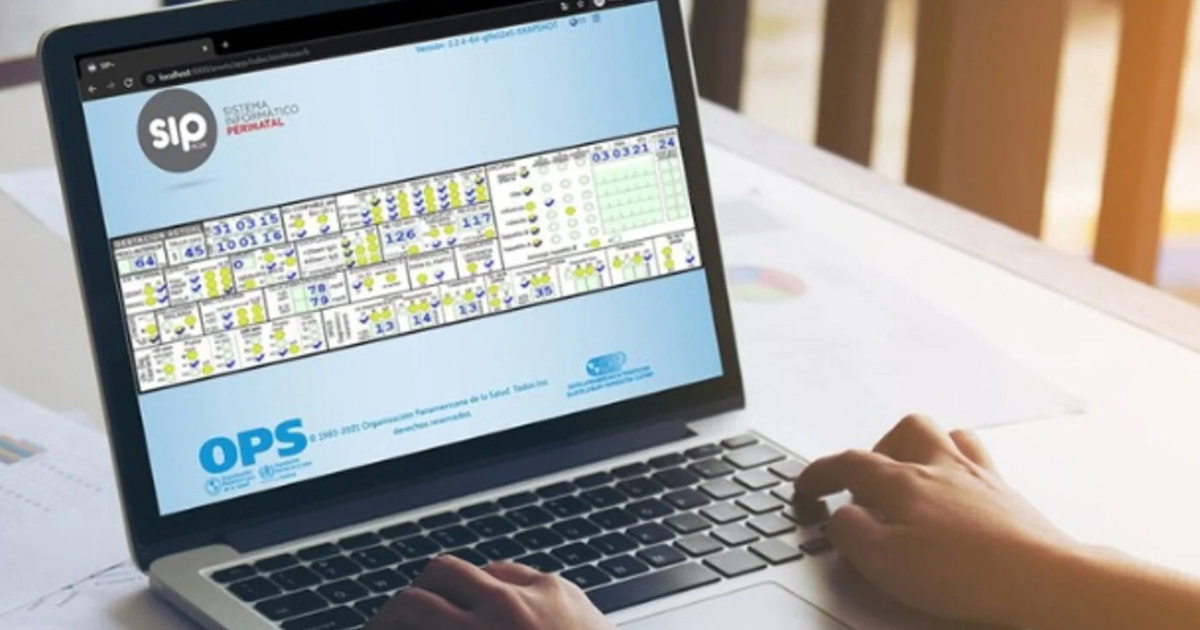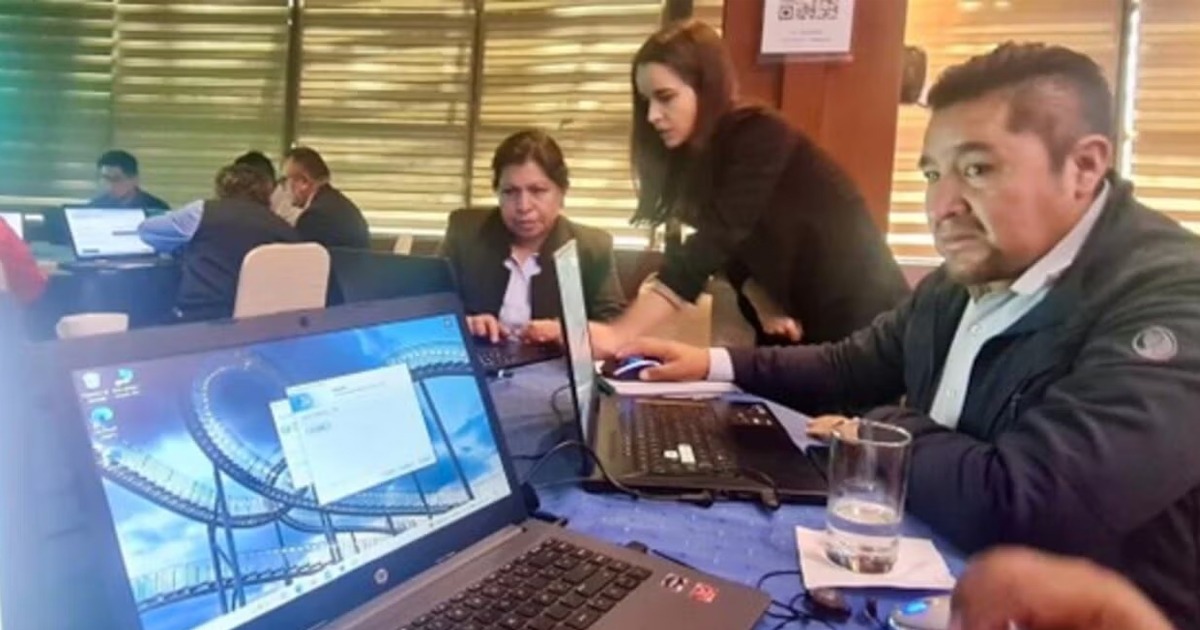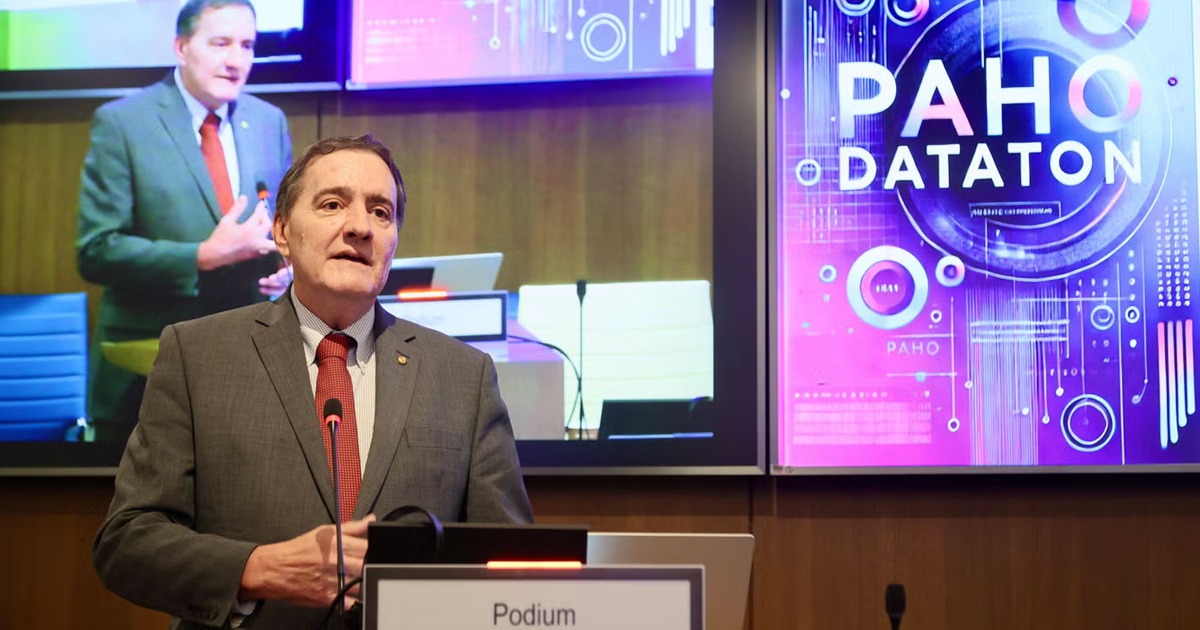The internet and its different uses improve the quality of life because it connects various products, services and experiences that have changed the ways of acting. The Mexican Internet Association bases this statement with hard data resulting from its annual study.
With regard to the use of digital media, Mexico reaches 71% penetration among the population of people 6 years old and older, with 79.1 million users connected. This means that, although there are still many people without direct internet access, the digital divide is closing more and more.
67% of internet users in Mexico perceive that they are connected 24 hours a day. Although this is not necessarily true, since there are certain times when the use decreases considerably, such as when you sleep or work; the feeling of the users is that they can always go to the networks to get entertained or advised.
In 2019, internet users in Mexico spend 8 hours a day with 20 minutes connected, eight minutes more than in 2018. This shows that, despite not being connected the whole day, the impression of always being on the network represents that at least they consume a third of their day on the web. This data added to the new medical applications that are developed every day tells us that technology, and specifically the internet, opens a door to the extensive development of Digital Health.

An especial interesting fact for the Health Sector is that, in 2019, 29 percent of the people interviewed by the Internet Association in Mexico recognized wearables as an existing and useful tool for their medical needs. Many of the advances within Digital Health platforms are based on the patient's component as a centerpiece of their own health care through telemedicine.

On the other hand, social networks remain the main online activity by the general public in Mexico, so medical institutions are beginning to explore channels such as chat or live streaming to access users who, physically, may not have the possibility of attending a hospital due to their geographical situation.
Regarding the profile of Internet users in Mexico, the low socioeconomic segment maintains a 5% growth in the last 2 years. This tells us that national digitization, although slow, is on a course to reach a larger sector of the population. This, coupled with the cost of a smartphone, which is increasingly low, makes it clear that it’s important to exploit the possibilities of distance consultations so that marginalized populations have quick and secure access to medical experts.
Digital Health advances through the efforts of both the public sector and the private sector, but a central piece of this development is the digital trend that changes the face of medicine in Mexico, Latin America and the world day by day.





